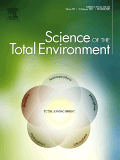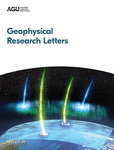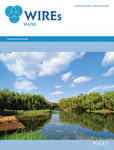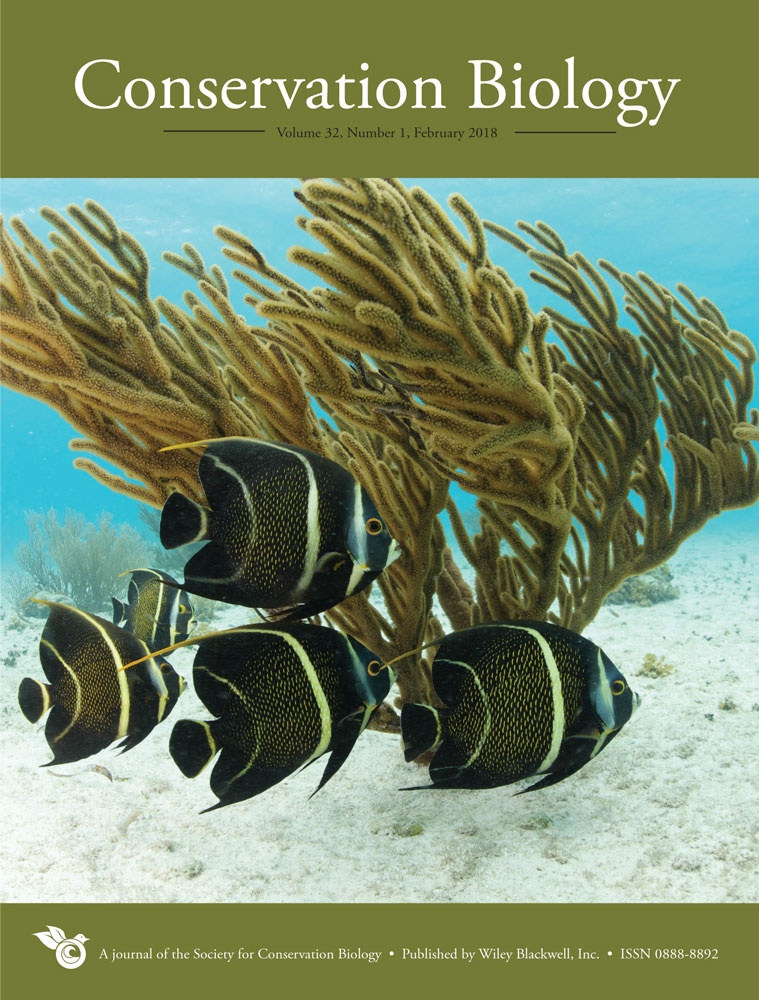Please find all scientific publications of IGB under > scientific publications
For more detailed information please refer to our > library catalogue
101 - 110 of 739 items
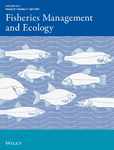
April 2025
Fisheries Management and Ecology. - 32(2025)4, 2-10
Three Decades of World Recreational Fishing Conferences: What Have We Learned About the Dynamics of Recreational Fisheries?
Valerio Sbragaglia; Robert Arlinghaus; Faith Ochwada-Doyle; Holly S. Embke; Lucas P. Griffin; Taylor L. Hunt
April 2025
Science of the Total Environment. - 979(2025), Art. 179473
Microbial communities and fatty acid markers across acidification and eutrophication extremes in a river influenced by mining activities
German A. Kopprio; Michael Hupfer; Martin Graeve; Susan Mbedi; Sarah Sparmann; Tobias Goldhammer
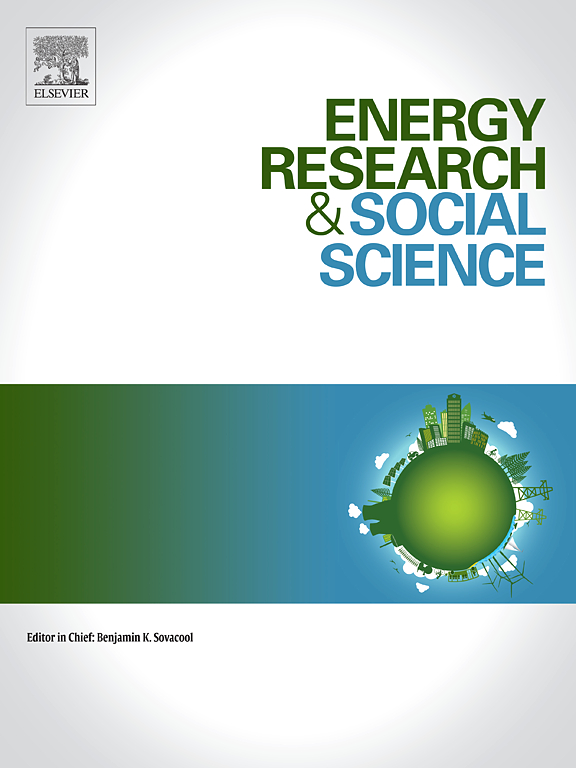
April 2025
Energy Research & Social Science. - 125(2025), Art. 104089
Minimizing trade-offs and maximizing synergies for a just bioeconomy transition
Anette Ruml; Cheng Chen; Christoph Kubitza; Maria Kernecker; Hans-Peter Grossart; Mathias Hoffmann; Maire Holz; Ludger A. Wessjohann; Hermann Lotze-Campen; Maren Dubbert
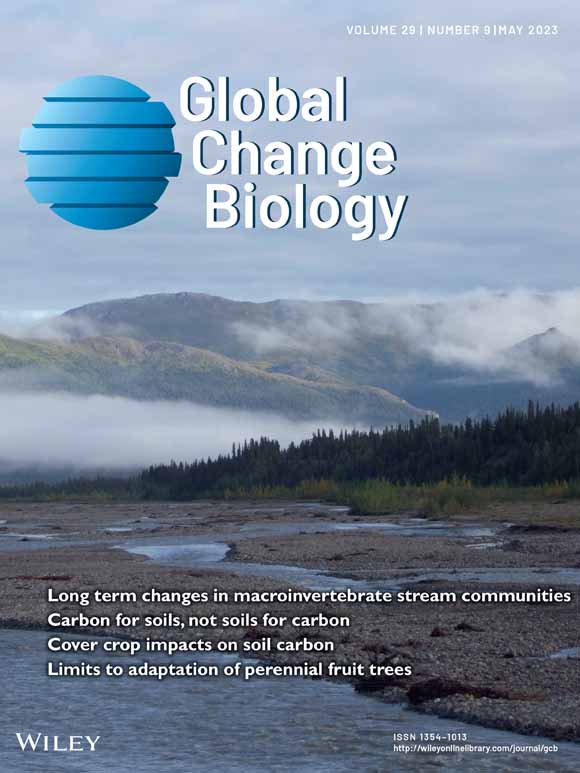
April 2025
Global Change Biology. - 31(2025)4, Art. e70211
Geographical and Environmental Factors Differentially Shape Planktonic Microbial Community Assembly and Resistomes Composition in Urban Rivers
Xin Liao; Hongjie Wang; Dong Wu; Hans-Peter Grossart; Xiaoyong Yang; Laiyi Li; Yuwen Wang; Shuang Li; Jiangwei Li; Meixian Cao; Nengwang Chen; Anyi Hu
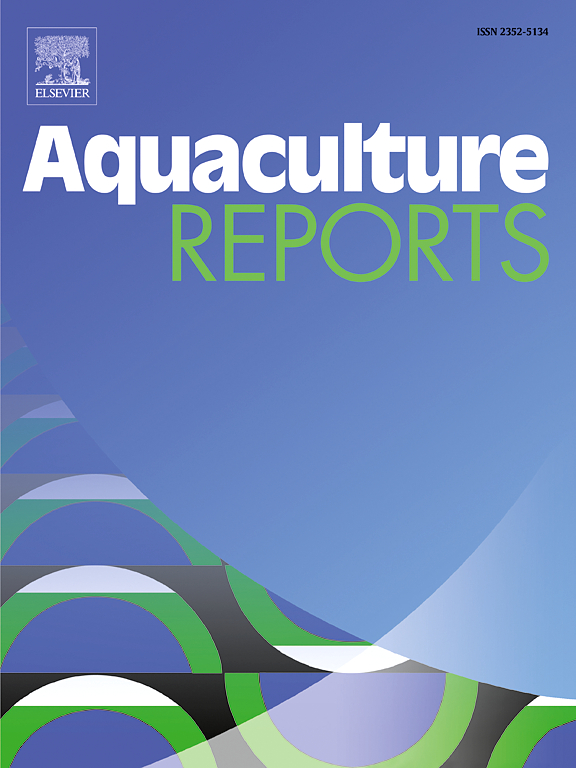
April 2025
Aquaculture Reports. - 42(2025), Art. 102830
Repurposing auranofin combined with colistin to effectively combat fish-pathogenic Edwardsiella piscicida
Jinfang Lu; Yangbin Shi; Yajing Pan; Hans-Peter Grossart; Luyu Mei; Danli Xie; Wanchun Guan; He Zhang; Yongliang Lou

April 2025
PeerJ. - 13(2025)4, Art. e19120
A metatranscriptomic exploration of fungal and bacterial contributions to allochthonous leaf litter decomposition in the streambed
Aman Deep; Guido Sieber; Lisa Boden; Gwendoline M. David; Daria Baikova; Dominik Buchner; Jörn Starke; Tom L. Stach; Torben Reinders; Una Hadžiomerović; Sára Beszteri; Alexander J. Probst; Jens Boenigk; Daniela Beisser
April 2025
Frontiers in Environmental Science. - 13(2025), Art. 1589648
Nutrient availability modulates the effects of plastic leachates on the growth and community dynamics of free-living freshwater bacteria
Marius Schubert; Fazel Abdolahpur Monikh; Yuyi Yang; Hans-Peter Grossart
April 2025
Geophysical Research Letters. - 52(2025)8, Art. e2025GL114640
Length Scales, Rates, and Variability of Mixing Downstream of River Confluences
Tasneem Haq Meem; Bruce L. Rhoads; Quinn W. Lewis; Muhammad Umar; Alexander Sukhodolov
April 2025
WIREs Water. - 12(2025)2, Art. e70018
The Unexploited Treasures of Hydrological Observations Beyond Streamflow for Catchment Modeling
Paul D. Wagner; Doris Duethmann; Jens Kiesel; Sandra Pool; Markus Hrachowitz; Serena Ceola; Anna Herzog; Tobias Houska; Ralf Loritz; Diana Spieler; Maria Staudinger; Larisa Tarasova; Stephan Thober; Nicola Fohrer; Doerthe Tetzlaff; Thorsten Wagener; Björn Guse
Other hydrological data than streamflow have the potential to improve process consistency in hydrological modeling and consequently for predictions under change. The authors review how storage and flux variables are used for model evaluation and calibration; improving process representation.
April 2025
Conservation Biology. - XX(2025)X, Art. e70023
A social network analysis of the European science–policy–society interface on biodiversity
Dalia D'Amato; Salla Rantala; Kaisa Korhonen-Kurki; Karla E. Locher-Krause; Twan Stoffers; Enzo Falco; Renata Włodarczyk-Marciniak; Mihai Adamescu; Kinga Krauze; M. Susana Orta-Ortiz; Robin Dianoux; Matthew J. Grainger; Juliette Young


